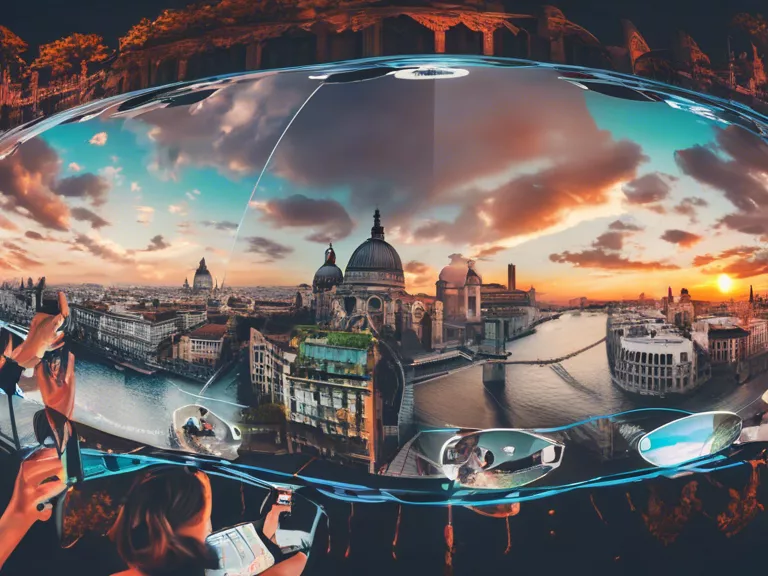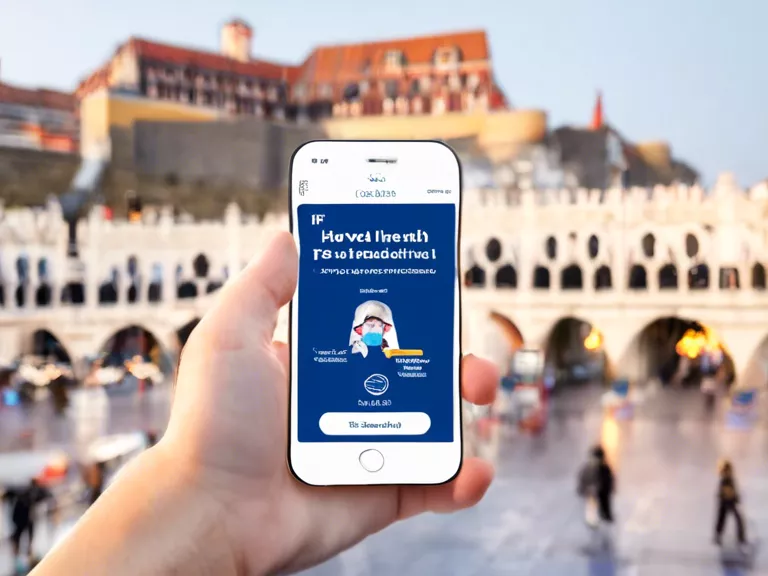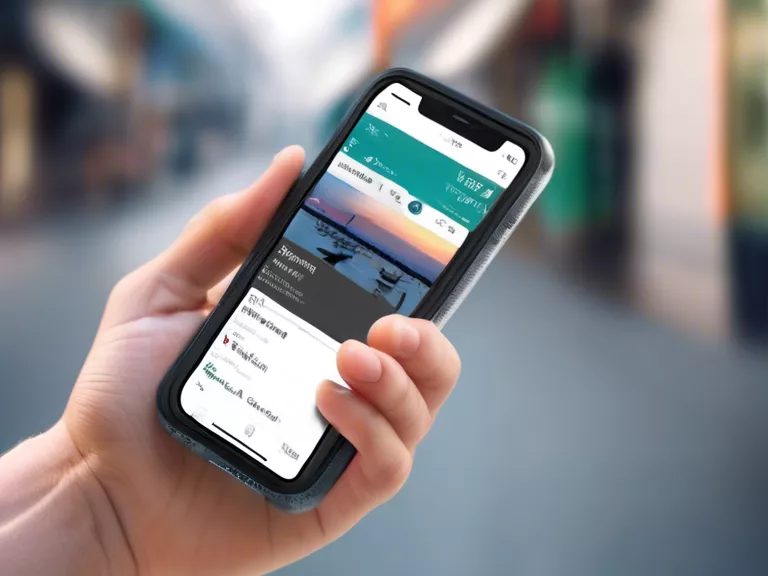
Virtual reality technology is revolutionizing the way we experience popular destinations around the world. Through cutting-edge VR tours, travelers can now immerse themselves in iconic landmarks and locations without ever leaving their home. This article explores how technology is enabling these virtual reality tours and the impact it is having on the travel industry.
One of the key ways in which technology is making virtual reality tours possible is through the use of 360-degree cameras. These cameras capture every angle and detail of a destination, allowing users to explore and navigate through the virtual environment as if they were actually there. This level of immersion gives travelers a sense of being present in the destination, enhancing their overall experience.
Another important aspect of virtual reality tours is the use of VR headsets. These devices transport users into the virtual world, blocking out the distractions of their physical surroundings and allowing them to focus solely on the destination they are exploring. With advancements in VR technology, the visuals and audio of these virtual tours are becoming increasingly realistic, making the experience even more immersive.
In addition to 360-degree cameras and VR headsets, technology is also enabling interactive elements in virtual reality tours. Users can now interact with objects in the virtual environment, learn about the history and culture of the destination through informative pop-ups, and even engage in guided tours with virtual guides. These interactive features make the virtual reality experience more engaging and educational for travelers.
Overall, the rise of virtual reality tours is transforming the travel industry by offering a convenient, immersive, and engaging way to explore popular destinations. As technology continues to evolve, we can expect to see even more realistic and interactive virtual reality tours in the future, providing travelers with new ways to experience the world around them.



